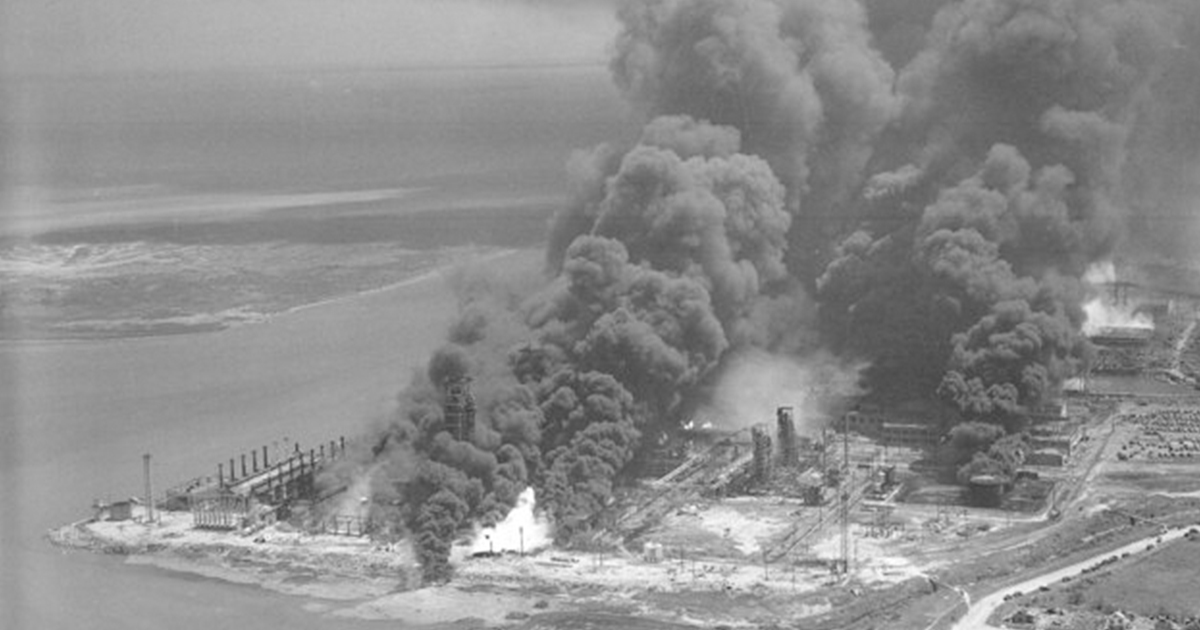The Worst Man-Made Disasters in America
The U.S. has a long line of man-made disasters and industrial accidents, resulting in an unimaginable number of fatalities, and billions of dollars in clean ups and fines.
These are 10 of the worst man-made disasters in U.S. history.

Catastrophic Disasters in America
According to the Environmental Protection Agency, the U.S. averages 150 catastrophic chemical-related incidents each year.
Costly Consequences
Aside from the devastating loss of lives, many of these disasters result in extremely costly clean ups, which include fines and lawsuits.
The exact numbers are difficult to determine as clean up and restorations can take many years.
 PO3 Patrick Kelley, Wikimedia Commons
PO3 Patrick Kelley, Wikimedia Commons
Inspiration for Change
The following man-made disasters were extreme in many ways, and all of them sparked some sort of change afterward.
Whether it be policies and safety regulations, or completely new laws, America has learned some hard lessons from these ones.
Monongah Coal Mine Explosion: West Virginia, 1907
On December 6, 1907, the nation’s deadliest mine disaster occurred.
A train had malfunctioned, igniting highly-flammable coal dust causing powerful explosions in two Monongah, Virginia coal mines.
 Unknown Author, Wikimedia Commons
Unknown Author, Wikimedia Commons
Monongah Coal Mine Explosion: Fatalities
The department of labor places the fatalities at over 400, though that number is expected to be much higher due to a large number of off-the-books workers present at the time.
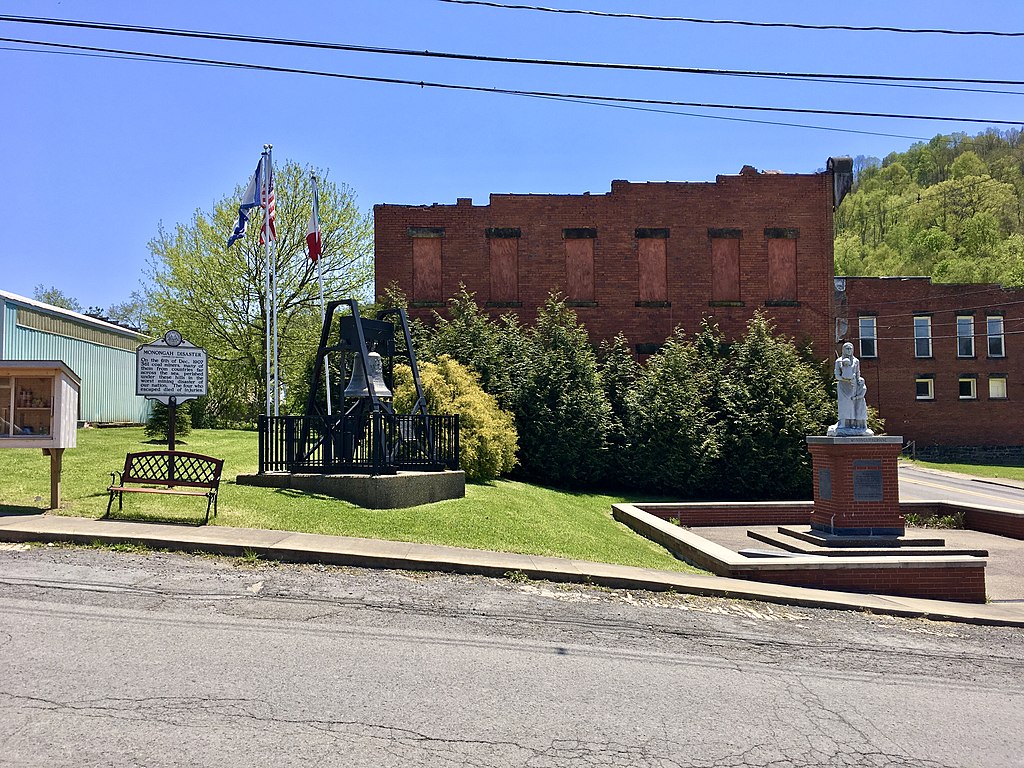 Andre Carrotflower, CC BY-SA 4.0,Wikimedia Commons
Andre Carrotflower, CC BY-SA 4.0,Wikimedia Commons
Triangle Shirtwaist Factory Fire: New York, 1911
On March 25, 1911, a fire broke out on the upper floor of a lower Manhattan garment factory. The place was cramped with people, and unfortunately, the response was an absolute disaster.
 Unknown Author, Wikimedia Commons
Unknown Author, Wikimedia Commons
Triangle Shirtwaist Factory Fire: Locked Inside
Earlier that day the factory’s owner had apparently locked the door to a stairwell to prevent workers from taking unauthorized breaks—trapping them all inside.
 George Grantham Bain Collection, Wikimedia Commons
George Grantham Bain Collection, Wikimedia Commons
Triangle Shirtwaist Factory Fire: The Only Way Out
To make matters worse, the fire escape collapsed under the pressure of all the people attempting to flee at once, and the firefighters’ ladders and safety nets were ineffective.
 Kheel Center, CC BY 2.0, Wikimedia Commons
Kheel Center, CC BY 2.0, Wikimedia Commons
Triangle Shirtwaist Factory Fire: Fatalities
Many of the workers jumped or fell from the upper floors. The fatalities were numbered at 146, with numerous other serious injuries—making it one of the nation’s worst workplace tragedies.
 Kheel Center, CC BY 2.0, Wikimedia Commons
Kheel Center, CC BY 2.0, Wikimedia Commons
Dutchman’s Curve Wreck: Tennessee, 1918
On July 9, 1918, two passenger trains—who were both apparently behind schedule—collided head-on at extreme speeds.
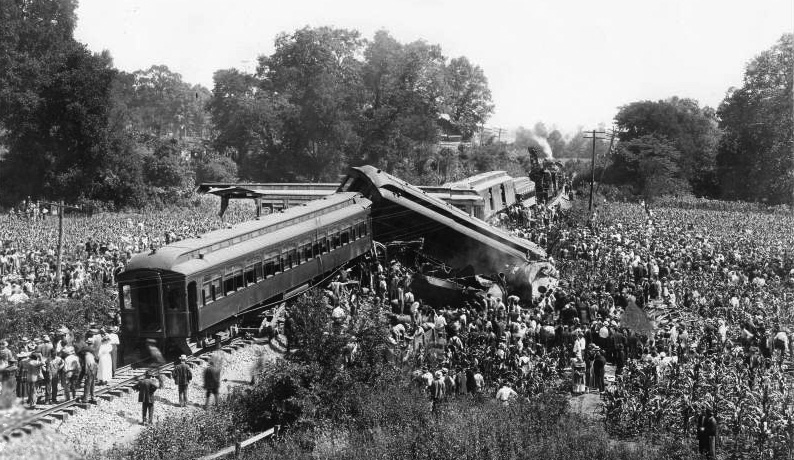 Unknown Author, Wikimedia Commons
Unknown Author, Wikimedia Commons
Dutchman’s Curve Wreck: Fatalities
Most of the passengers on the train were African Americans, many of them farmers or laborers. The fatalities reached 101 with several others injured.
This tragedy still remains the country’s deadliest train wreck.
Malbone Street Rapid Transit Disaster: New York, 1918
On November 1, 1918, an overly fatigued train driver sped through a curve in Brooklyn, causing a massive derailment.
 New York Transit Museum, Wikimedia Commons
New York Transit Museum, Wikimedia Commons
Malbone Street Rapid Transit Disaster: Fatalities
About 93 passengers lost their lives, and over 250 were severely injured—making it one of the nation’s deadliest transit disasters in history.
 Unknown Author, Wikimedia Commons
Unknown Author, Wikimedia Commons
Texas City Industrial Disaster: Texas, 1947
On April 16, 1947, a cargo ship called the S.S. Grandcamp was docked in Texas City while being loaded with ammonia nitrate fertilizer, when disaster struck.
 Unknown Author, Wikimedia Commons
Unknown Author, Wikimedia Commons
Texas City Industrial Disaster: The Initial Fire
A fire broke out on the ship, and the crew avoided using water to put it out as they were not willing to risk the delicate cargo.
Unfortunately, the fire was not completely put out by whatever method they chose—and things got so much worse.
 Unknown Author, Wikimedia Commons
Unknown Author, Wikimedia Commons
Texas City Industrial Disaster: The Explosion
Not long later, the ship—still docked—exploded, destroying hundreds of buildings and properties with damage estimates reaching a whopping $100 million at the time (equivalent to $1.3 billion today).
 University of Houston Digital Library, Wikimedia Commons
University of Houston Digital Library, Wikimedia Commons
Texas City Industrial Disaster: Fatalities
On top of property damage, upwards of 550 people lost their lives with hundreds more severely injured.
 Don...The UpNorth Memories Guy... Harrison, Flickr
Don...The UpNorth Memories Guy... Harrison, Flickr
Love Canal: New York, 1978
Over the course of nine years, from 1943 to 1952, Hooker Electrochemical Company (now Occidental Chemical Corporation) used an unfinished canal near Niagara Falls, New York, as the dumping ground for thousands of tons of hazardous chemicals.
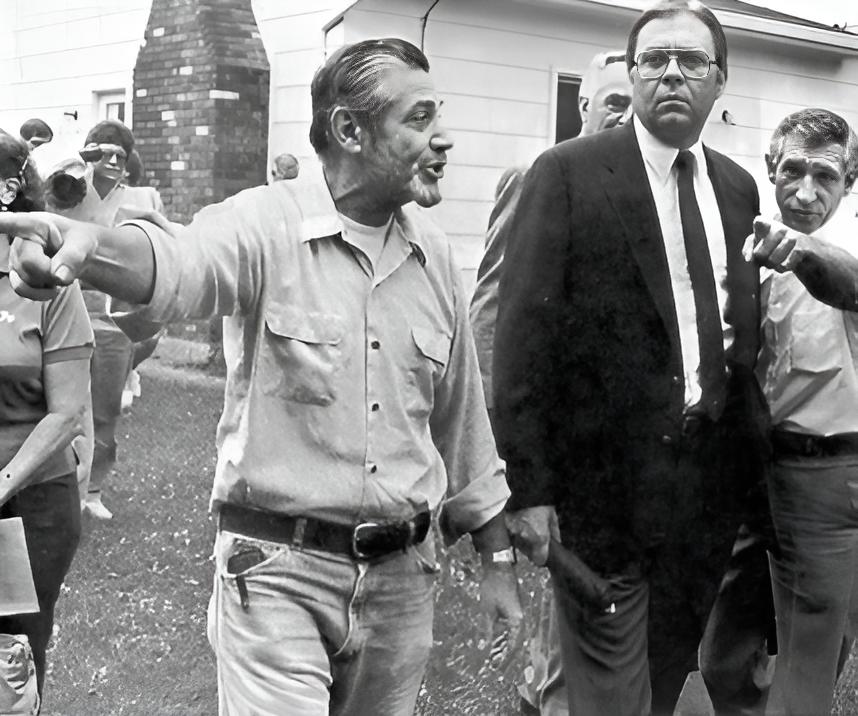 USEPA Environmental-Protection-Agency, Public domain, Wikimedia Commons
USEPA Environmental-Protection-Agency, Public domain, Wikimedia Commons
Love Canal: School
After they were done with the dump site, they covered it in soil to create a landfill, and the following year the Niagara Falls Board of Education built a school in the area.
Love Canal: Homes
In addition to the school, a developer also bought some of the land and built homes right over top of the hazardous waste dumpsite.
Love Canal: Consequences
By the 1970s, local officials realized their mistake as residents started to show signs of exposure to carcinogens, and birth defects and miscarriages increased—resulting in an immediate need for attention.
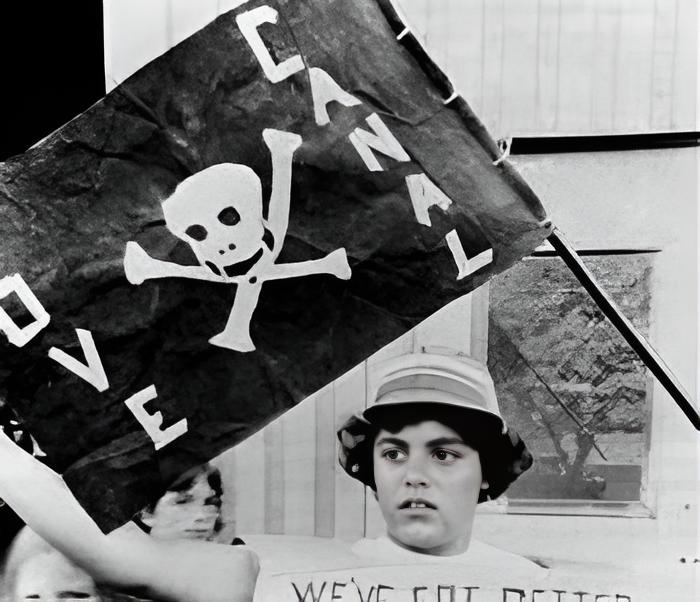 Unknown Author, Wikimedia Commons
Unknown Author, Wikimedia Commons
Love Canal: Evacuation
By the end of the 1970s, the federal government evacuated roughly 950 families from the area, and had a long list of compensations to hand out.
 Buffalutheran, Wikimedia Commons
Buffalutheran, Wikimedia Commons
Three Mile Island: Pennsylvania, 1979
On March 28, 1979, a nuclear reactor near Middletown, Pennsylvania, partially melted down, releasing radioactive material into the surrounding areas.
 United States Department of Energy, Wikimedia Commons
United States Department of Energy, Wikimedia Commons
Three Mile Island: Evacuation
Immediate evacuation ensued and although some claims report few long-term health effects, many residents contest that claim.
 Nuclear Regulatory Commission, Flickr
Nuclear Regulatory Commission, Flickr
Three Mile Island: Change
Though this disaster averted a crisis, it was a close call that sparked big changes. An anti-nuclear power movement started resulting in no nuclear power plants constructed in the U.S. for the next 30 years.
 Nuclear Regulatory Commission, Flickr
Nuclear Regulatory Commission, Flickr
Exxon Valdez Oil Spill: Alaska, 1989
On march 24, 1989, The Exxon Valdez, an oil tanker, struck a coral reef and released about 260,000 barrels of oil.
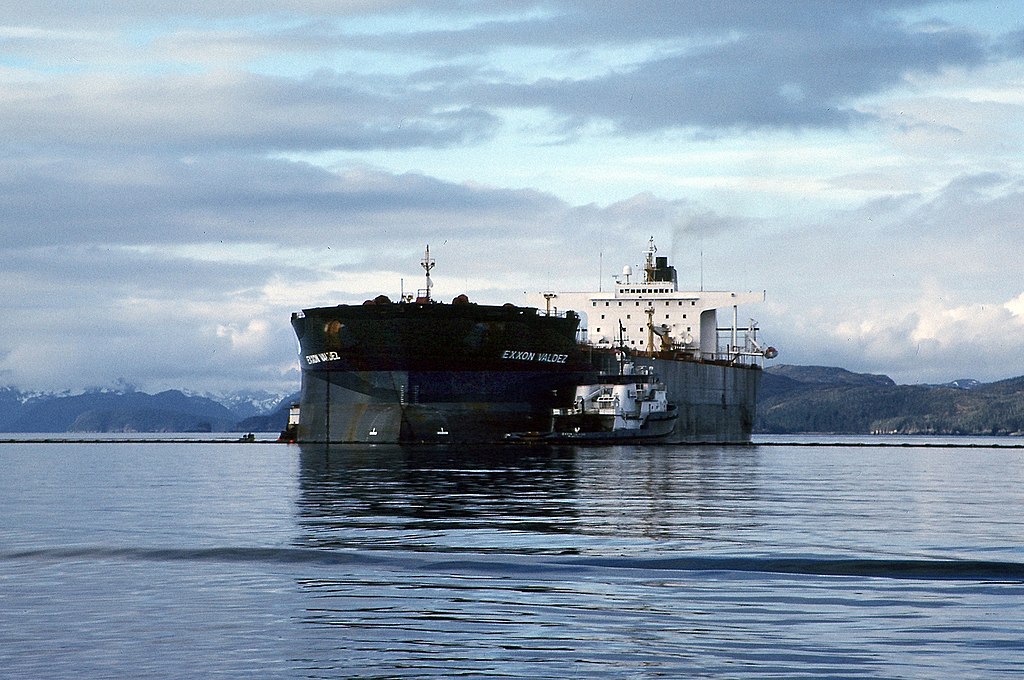 NOAA's National Ocean Service, Wikimedia Commons
NOAA's National Ocean Service, Wikimedia Commons
Exxon Valdez Oil Spill: The Cleanup
Fortunately, there were no fatalities in this incident. But the cleanup cost over $900 million and environmental impacts were severe.
 Unknown Author, Wikimedia Commons
Unknown Author, Wikimedia Commons
Exxon Valdez Oil Spill: Marine Life
It is said that even two-and-a-half decades later, the presence of whales and various other marine species are no longer sighted in the area since the incident.
Martin County Coal Slurry Spill: Kentucky, 2000
On October 11, 2000, a coal slurry impoundment pond (where coal waste is stored) in Inez, Kentucky, leaked underground into two coal mines.
Martin County Coal Slurry Spill: The Severity
An estimated 250 million gallons of coal slurry–a toxic liquid–spilled into the primary water sources of Martin County, Kentucky, and traveled 75 miles downstream to rivers in neighboring West Virginia.
Martin County Coal Slurry Spill: Cleanup
The extent of this situation was extreme, and clean up was estimated at over $30 million, which included several fines against Massey Energy, the mining company.
 RAN Field Photography, CC BY-SA 2.0, Wikimedia Commons
RAN Field Photography, CC BY-SA 2.0, Wikimedia Commons
Martin County Coal Slurry Spill: Lasting Consequences
The water systems have not been the same since, with many residents still experiencing unclean and unsafe water conditions.
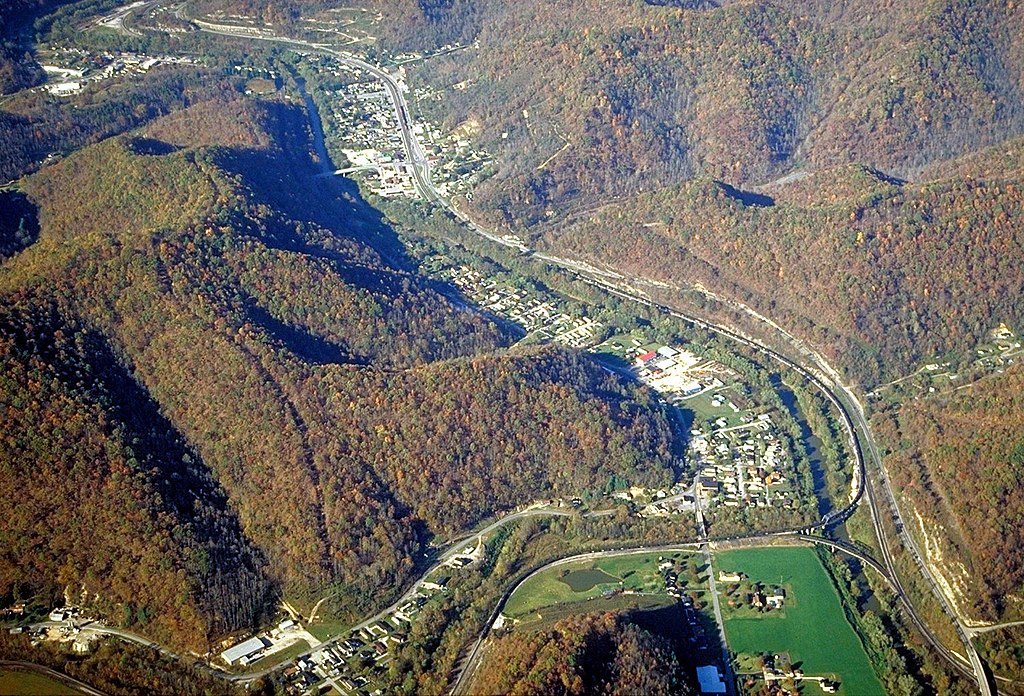 U.S. Army Corps of Engineers, Wikimedia Commons
U.S. Army Corps of Engineers, Wikimedia Commons
Deepwater Horizon Oil Spill: Louisiana, 2010
On April 20, 2010, an offshore oil rig owned by British energy company BP exploded, taking the lives of 11 workers.
But it doesn’t end there.
Deepwater Horizon Oil Spill: Catastrophic Consequences
Over the next 87 days, more than 4 million barrels of oil spilled into the Gulf of Mexico, making it the largest oil spill in American history.
 Petty Officer, Wikimedia Commons
Petty Officer, Wikimedia Commons
Deepwater Horizon Oil Spill: Devastation
This disaster devastated the fishing and tourism industry, and many of the Gulf’s mammals, particularly dolphins, have still not returned, according to National Geographic.
 Louisiana GOHSEP, CC BY-SA 2.0
Louisiana GOHSEP, CC BY-SA 2.0
Deepwater Horizon Oil Spill: Clean up
Cleanup took years to even make a dent, and costs were estimated at an unimaginable $61.6 billion, which included a $20 billion settlement between BP and the five Gulf states affected.
 Sean Gardner / Stringer, Getty Images
Sean Gardner / Stringer, Getty Images
Source: 1

